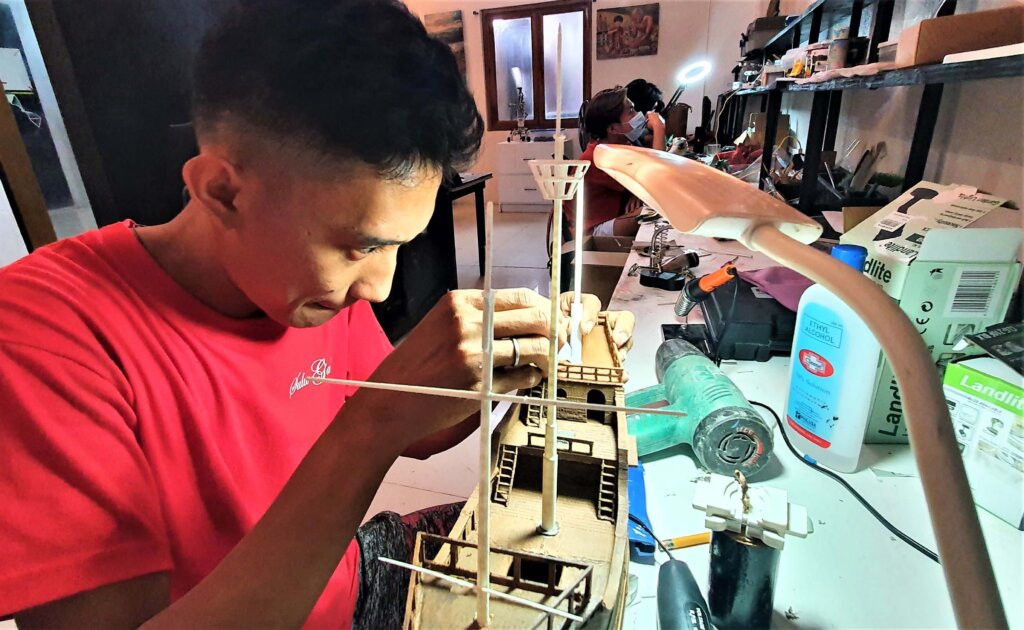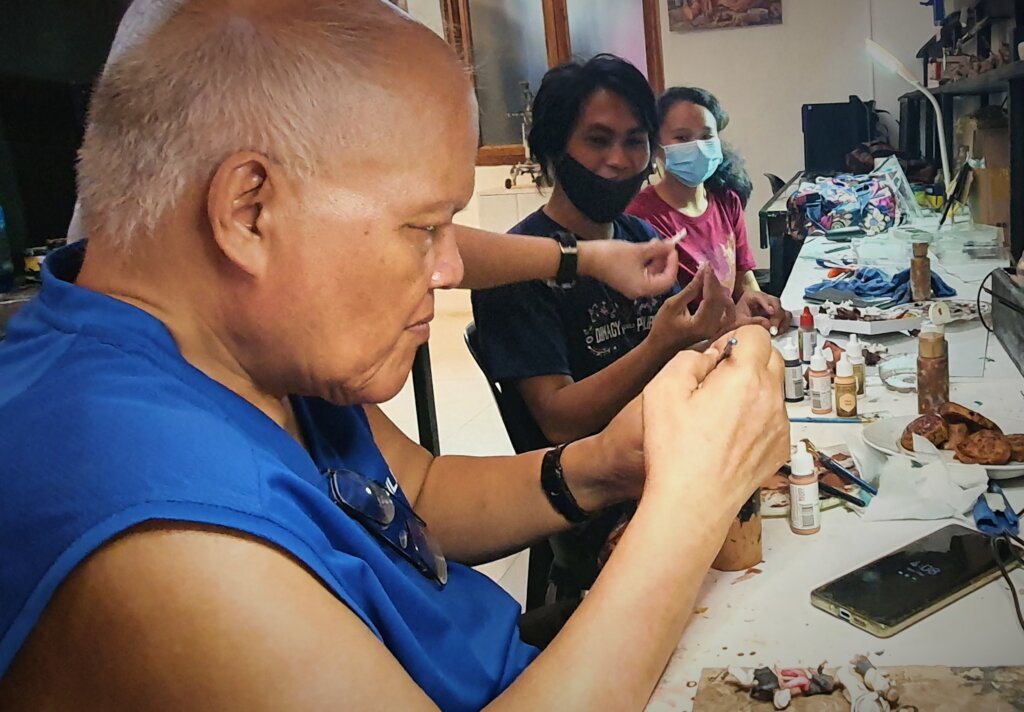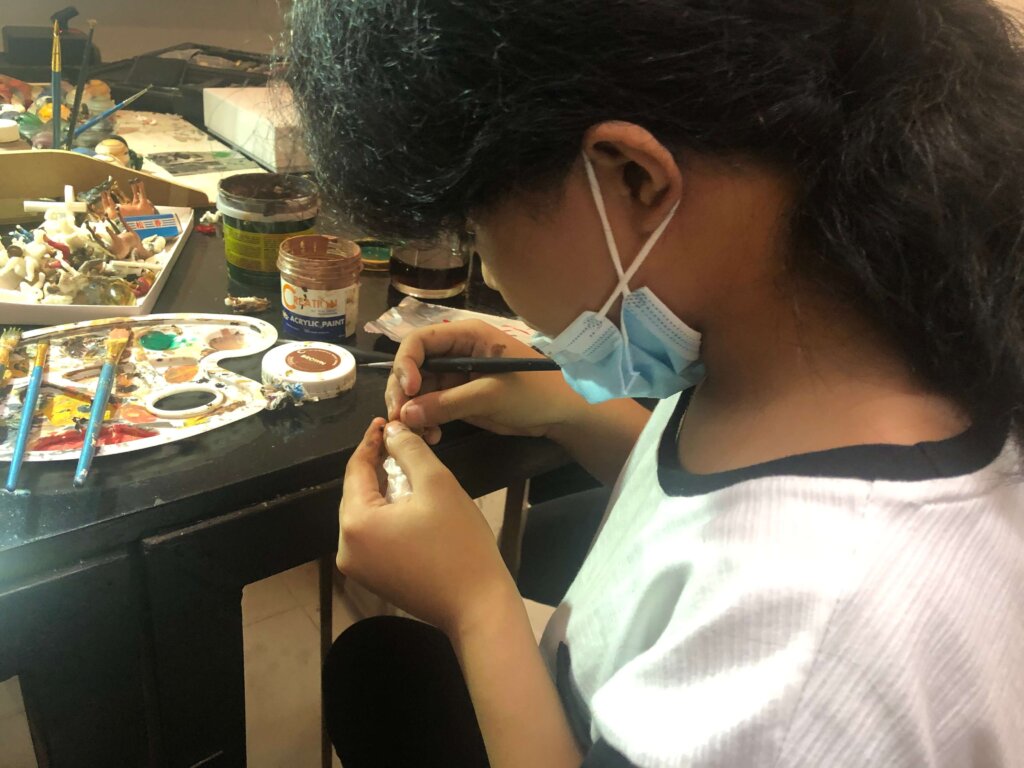Steps in Creative Process
The creative process of the Battle of Mactan involves many different aspects—historical basis, talents, scheduling, modern technology and artistry. On this page, we describe the basic steps in this creation, our schedule of completion and the output at each stage of the production. Progress is updated monthly until our final launch on March 27, 2021.
Step 1. The Historical Basis of the Diorama Design



The concept was created based on the latest historical data on the actual event from Prof. Danny Gerona’s 2016 book, based on primary sources, entitled, “Ferdinand Magellan. The Armada de Maluco and the European Discovery of the Philippines.”
Dr. Gerona is the adviser to this 12-month project by SULU GARDEN FOUNDATION that began in April of 2020. The idea emerged after conversations between Jonathan R. Matias and Dr. Gerona at Sulu Garden in 2017 about how important this event will be for the awareness of our national heritage.
The estimated number of miniature warriors of Mactan and Lapu-Lapu’s allies, Conquistadores and Cebuano Allies, and the village people of Mactan is 2,500+. The installation of the diorama will begin on March 1, 2021, a month and a half before the 500th anniversary of the Battle of Mactan.
Step 2. Creating the Visual Concept from History
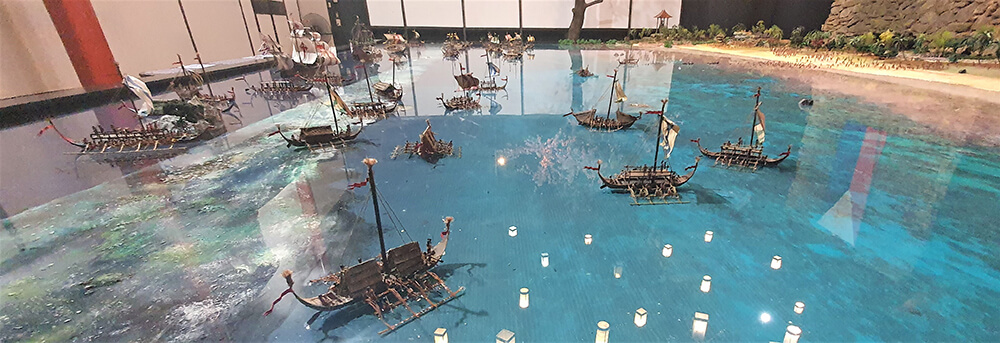
Here is a concept video in its draft form and prepared by our concept planner, Architect William Fusin of Miag-ao. As the project progresses, this video is continually being upgraded to reflect the work of artists involved in the creative process. Architect Fusin’s team is designing the foldable support system for the 50 sq. m. diorama, the real seawater scenery of the battlefield, the underwater coral designs and the land terrain. Positioning of the warriors and Spanish soldiers, the burning villages and the overall look of the battle is the team’s major responsibility as we make progress towards the launch.
STEP 3. 3D Computer Designs
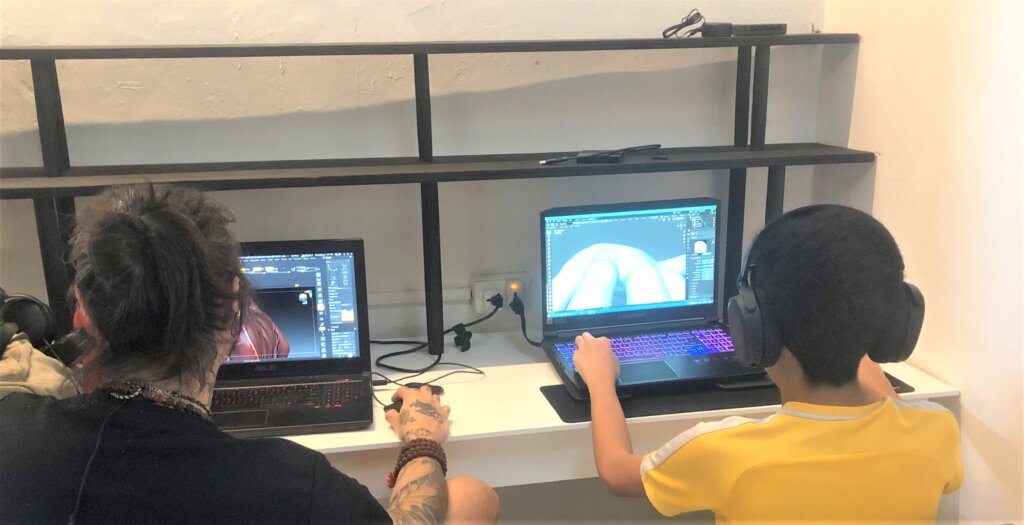
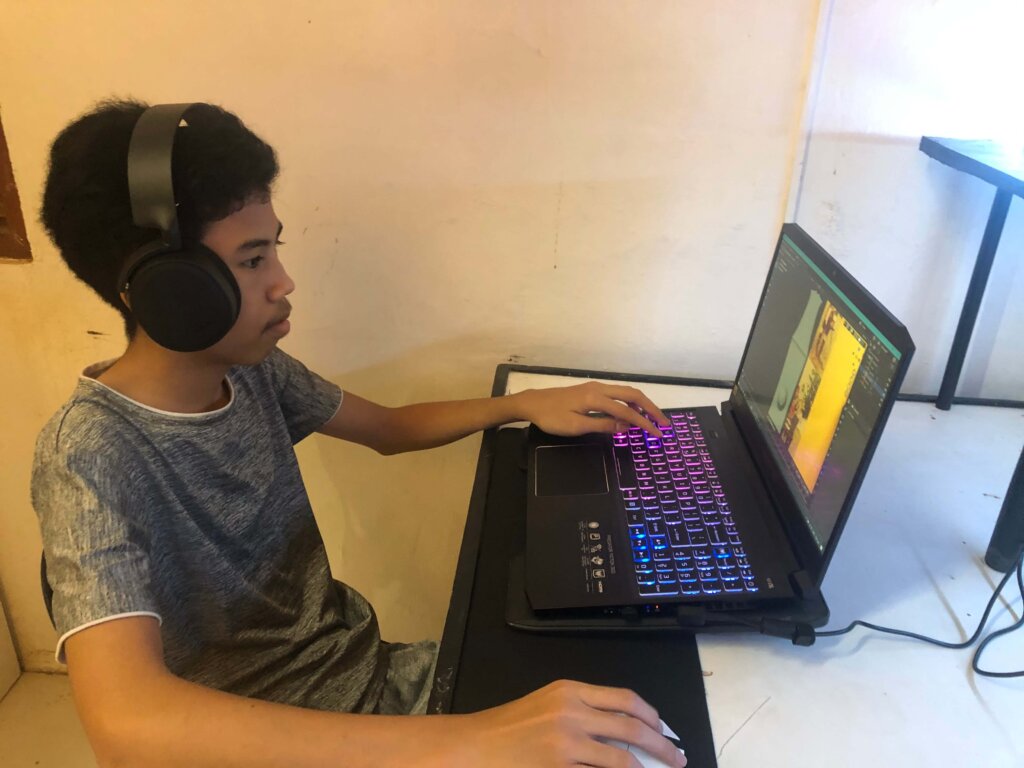
The previous diorama of the miniatures in Sulu Garden was hand carved. Because of the immensity of the Battle of Mactan and the need for accurate details, 3D designers are needed to create realistic miniatures of warriors and the Spanish soldiers, including ships, caracoas and landscape (trees, coconut trees, houses and coral reefs). Here is our Senior 3D Designer, Juan Miguel Trivino, with his 14-year-old 3D Design Apprentice, Kian Angelo A. Lorella. Photos by Adbae Studios.

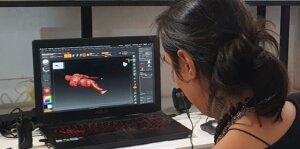
STEP 4 – 3D Printing
3D printing of each miniature for the project can take about 4 to 20 hours of work, depending on its complexity. Each of the Spanish caravels takes about 5 days of the printing operation, plus two days of assembly and surface preparations before the artists can take over for the painting. Currently, we operate four 3D printers to create the miniatures developed by the 3D Design Team.

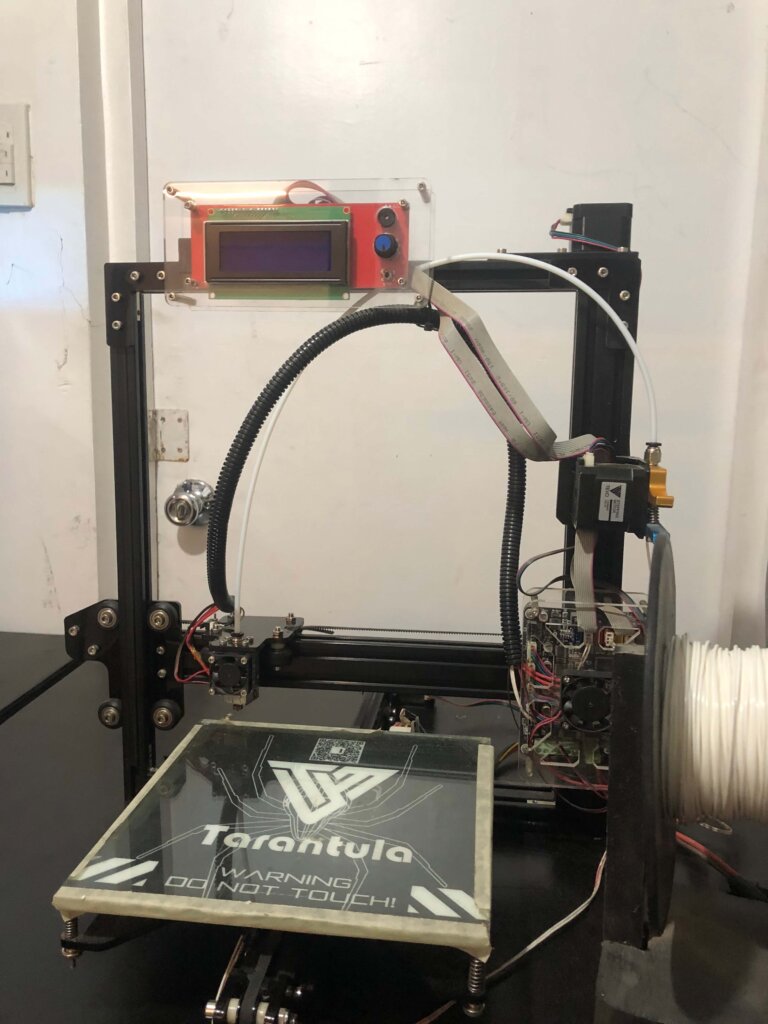


Step 5. Bringing our 3D Designs to Life
The Miniature Art Team takes the 3D printed structures for cleaning, and polishing and paints them as close to their original form as possible. Colours and costumes are based on historical records. The Team has eight (8) miniature artists under the direction of Emilio Sanchez from Zaragoza, Spain and Ryan Fantillan of Miag-ao. Half of our team are young artists who are still in high school doing their online classes during the day because of the COVID-19 pandemic and then continue painting after class.
